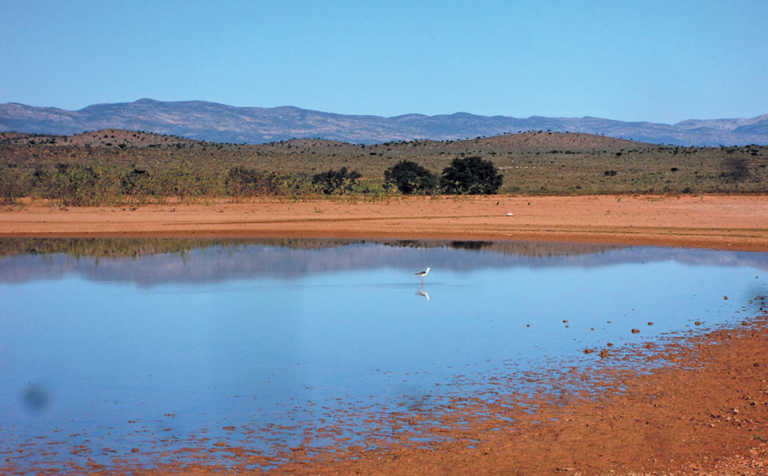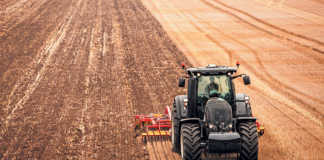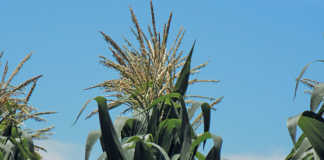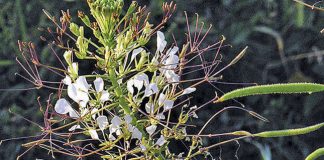
Photo: Roelof Bezuidenhout
As recently reported in Farmer’s Weekly, the ongoing drought in the Northern Cape is no longer a mere ‘agricultural disaster’, but a ‘socio-economic catastrophe’, according to Red Meat Producers’ Organisation (RPO) vice-president, James Faber.
Is this a taste of things to come, or simply a passing phase? The reality is that, rather than becoming bogged down in the climate change debate, farmers should play it safe and ensure they are not making things even more difficult for themselves by creating or aggravating local droughts.
According to Prof Hennie Snyman, from the Department of Animal, Wildlife and Grassland Sciences at the University of the Free State, a livestock farmer should be able to recognise and deal with three types of drought: seasonal or periodic droughts; disaster droughts that strike once every ten years or so; and man-made ‘pseudo’ droughts that occur before there are signs of normal drought.
There is no doubt that farmers, through poor veld management, can increase the intensity and frequency of drought on their farms. When this happens, it is a sign that the veld ecosystem has been thrown out of balance, natural grazing can no longer ensure sustained animal production, and the farmer’s capacity to survive a real drought declines dramatically.
Sustainability
Every farmer should aim to use natural resources sustainably by considering the needs of grazing plants, including grasses and edible shrubs, along with the nutritional needs of the grazing animals.
There are five specific areas for evaluating a management or production system for sustainability: the conservation of the natural resources on the farm; risk management; the maintenance and improvement of the veld; financial viability; and socio-economic acceptability.
Natural resources should never suffer due to food production, as happened in the US during the 1970s, when maximum food production became the main focus. The argument then was that technological advances would neutralise any detrimental effect on the soil.
Fortunately, US farmers rediscovered the importance of soil conservation during the following decade.
Conservation pays
Sustainable agricultural practices, especially veld management, which offer immediate financial benefits for the farmer, are difficult to sell to the average land user.
However, evidence shows that when conservation measures are built into a land-use system, the financial gains are worth the investment.
But then the farmer must be open to change and to accept new ideas and methods.
More should therefore be done to invest in human capital. In the developing agricultural sector particularly, the focus should shift from the prescriptive approach, where the resource is protected or conserved, to the development approach where the human being is developed.
The transfer of technology in the developing agricultural sector really means the transfer of culture. This means positively changing the attitude of the land user, as well as the concern of the community towards the natural resource.
Finally, farmers should marry their farming methods to the macroclimate of the immediate environment, and in particular make optimal use of low and erratic rainfall. Fortunately, the efficiency of rainfall can be influenced by the way the veld is managed.
Source: ‘Gids tot die volhoubare produksie van weiding’ [A guide to the sustainable production of grazing], by Prof Hennie Snyman, University of the Free State’s Department of Animal, Wildlife and Grasslands Sciences.
Email Prof Snyman at [email protected]











